Risk for Infectious and Communicable Diseaes
Door Julie Leming


1. Mechanisms of Transmission
1.1. Airborne
1.1.1. TB
1.2. Direct Contact
1.2.1. STD's
1.3. Indirect Contact
1.3.1. Malaria
1.4. Droplet Transmission
1.4.1. Influenza
2. Outbreak Investigation
2.1. Establish/verify diagnosis; identify agent
2.1.1. Endemic status
2.2. Search for additional cases; collect data and specimens
2.2.1. Suspected cases grouped into definite, probable, and possible cases categories
2.3. Characterize cases by person, place, and time
2.3.1. Demographic variables, spot maps, histograms
2.3.1.1. common source
2.3.1.2. propagated source
2.4. Formulate and test tentative hypotheses regarding possible causative factors
2.5. Implement control measures to control the outbreak
2.6. Evaluate efficacy of control measures
2.7. Communicate findings; prepare written report
3. Sexually Transmitted Diseases
3.1. Bacterial
3.1.1. Chlamydia
3.1.2. Gonorrhea
3.1.3. Syphilis
3.2. Viral
3.2.1. HIV
3.2.2. HSV
3.2.3. HPV
3.2.4. Hepatitis Viruses
3.3. Prevention
3.3.1. Primary
3.3.2. Secondary
3.3.3. Tertiary
4. Chain of Infection
4.1. Agent
4.1.1. Pathogenicity
4.2. Reservoir
4.3. Portal of exit
4.3.1. skin, respiratory tract, alimentary tract, genital tract, conjunctiva, parent/offspriing
4.4. Means of transmission
4.5. Portal of entry
4.5.1. skin, respiratory tract, alimentary tract, genital tract, conjunctiva, parent/offspriing
4.6. Host
4.6.1. Incubation period
